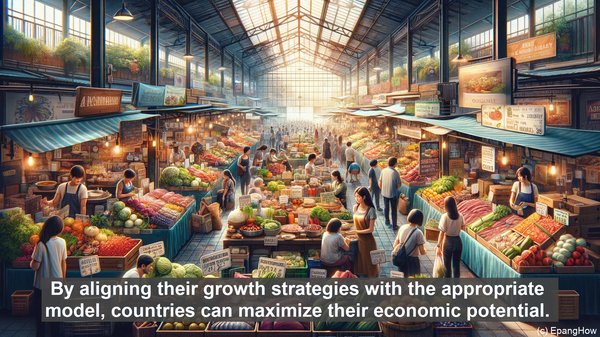Introduction: The Significance of Growth Models
Hello everyone, and welcome to today’s article. Economic growth is a fundamental aspect of any nation’s progress. It not only affects the standard of living but also shapes the overall economic landscape. In the realm of economic theory, growth models provide frameworks to understand and analyze the factors that drive a nation’s economic expansion. Two such models, endogenous growth and exogenous growth, have been extensively studied and debated. Let’s dive deeper into these concepts.

Endogenous Growth: The Power of Internal Factors
Endogenous growth theory posits that a nation’s economic expansion is primarily driven by internal factors. These factors can range from technological advancements to human capital development. Unlike exogenous growth, which relies on external shocks or factors, endogenous growth emphasizes the role of domestic investments and policies. For instance, a country that focuses on research and development, education, and infrastructure is likely to experience sustained endogenous growth.
Exogenous Growth: The Influence of External Factors
In contrast, exogenous growth theory suggests that external factors play a significant role in a nation’s economic development. These factors can include global market conditions, foreign direct investments, or even natural resources. Unlike endogenous growth, which is more self-sustaining, exogenous growth is often subject to fluctuations based on the dynamics of the global economy. Additionally, exogenous growth can be influenced by policies and events in other countries.

Implications and Applications
Understanding the distinction between endogenous and exogenous growth is crucial for policymakers and economists. It helps in formulating targeted strategies and policies. For example, a country with limited natural resources might focus on fostering endogenous growth by investing in human capital and innovation. On the other hand, a nation with abundant resources might leverage exogenous growth opportunities by attracting foreign investments. By aligning their growth strategies with the appropriate model, countries can maximize their economic potential.
